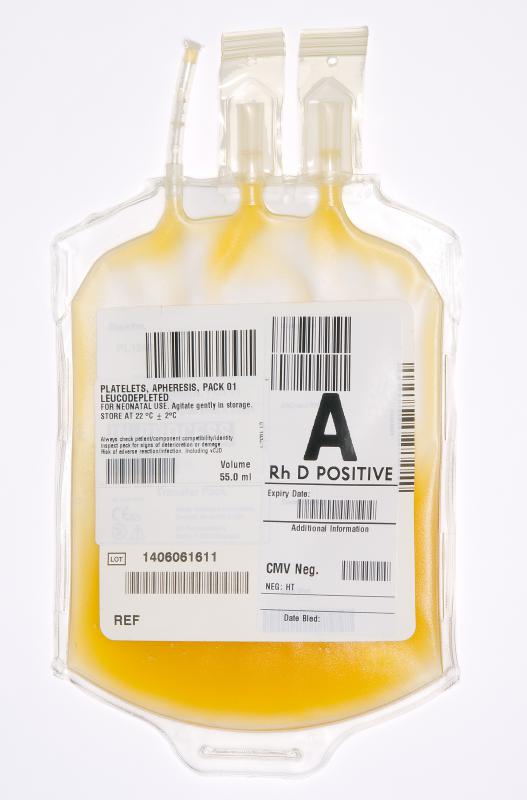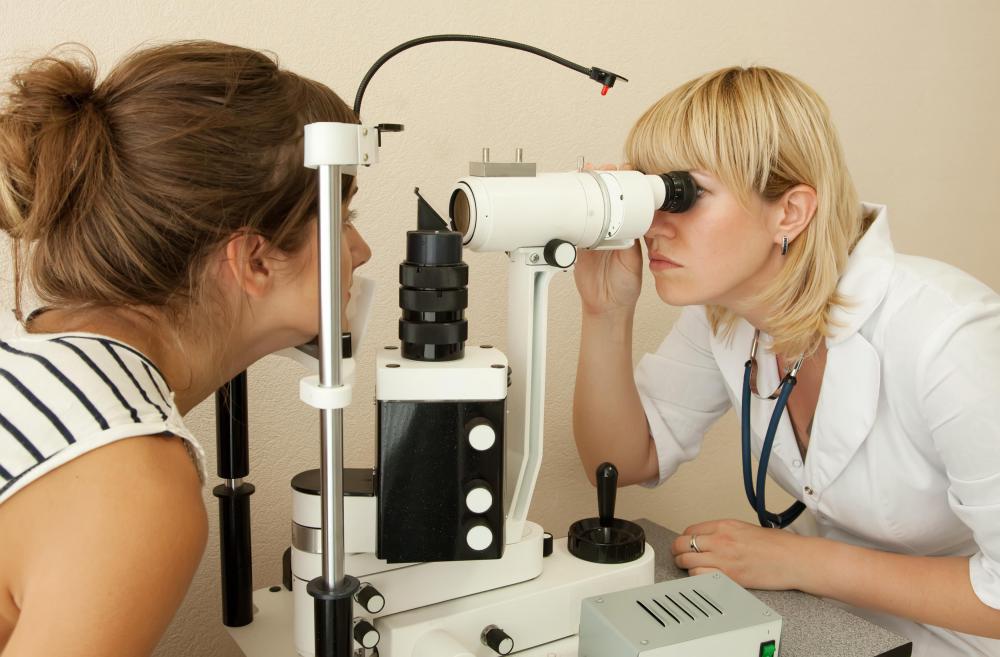At TheHealthBoard, we're committed to delivering accurate, trustworthy information. Our expert-authored content is rigorously fact-checked and sourced from credible authorities. Discover how we uphold the highest standards in providing you with reliable knowledge.
What is Plasma Glucose?
Glucose is the primary sugar that is made from the foods and beverages a person consumes. This glucose travels through the bloodstream to provide energy to cells in all regions of the body. Plasma glucose refers to the amount of this primary sugar that is found in the liquid portion of the blood.
When blood is collected using a home-testing kit or in a professional laboratory, it is whole blood. Blood sugar levels, however, are usually measured in terms of the amount of plasma glucose. In laboratories, this is achieved by placing the tube of blood in a centrifuge. This machine helps the red blood cells to separate from the sample and settle at the bottom of the tube. Plasma, a clear to yellow-colored liquid, remains at the top and is used to test the amount of glucose in the patient's body.

As there are no red blood cells to occupy space within the plasma, the glucose concentration may be higher in plasma glucose than that which is found in whole blood. Plasma glucose levels, in fact, are usually about 11% higher than the levels measured in whole blood. In the past, this presented a problem for diabetics who needed to monitor their blood sugar at home on a daily basis. Because of these discrepancies, most home blood glucose meters have now been changed to correlate with laboratory results.

The most common test used to diagnose diabetes, a condition in which an excess of glucose is present in the bloodstream, is the fasting plasma glucose test. Also known as the fasting blood sugar test, this simple blood test is typically performed when the patient has abstained from eating or drinking for 12 to 14 hours. The results of this test can also help a physician to diagnose a variety of conditions in addition to diabetes.

When the patient fasts, a hormone called glucagon is produced by the pancreas. The normal response to glucagon is production of the hormone insulin by the pancreas. Insulin prevents hyperglycemia, a condition characterized by high levels of blood sugar. If the body is unable to make enough insulin, or cannot respond to it, the fasting plasma glucose levels usually remain high and diabetes may be diagnosed.

A plasma glucose reading of 70 mg/dL to 99 mg/dL is usually considered to be in the normal range. Results of 100 mg/dL to 126 mg/dL may indicate that the patient has prediabetes, suggesting a greater likelihood of the patient eventually developing diabetes. Plasma glucose readings above 126 mg/dL may suggest a diagnosis of diabetes. Levels less than 70 mg/dL usually indicate hypoglycemia, a condition characterized by dangerously low levels of glucose in the bloodstream.
AS FEATURED ON:
AS FEATURED ON:















Discussion Comments
Yes, @ SimpleByte. The postprandial plasma glucose, which is typically taken two hours after eating a meal, should be 180 mg/dL or less. If it's higher, your doctor will likely want you to record it for several days and then report back to him or her so the doctor can determine whether or not an adjustment to your medications is needed to get your blood sugar levels under better control.
@SimpleByte - What is your glucose level supposed to be after eating? Isn't there a difference in the desired range after eating than the desired range of 70 to 99 mg/dL for a fasting glucose level?
As a diabetic, I have to test my glucose level regularly and try to keep it in the range my doctor advises. I have been taught that exercise and diet help lower glucose levels. In my case, I have to take diabetic medications also, but exercise and healthy eating in conjunction with my medicines help keep my blood sugar under control.
Post your comments